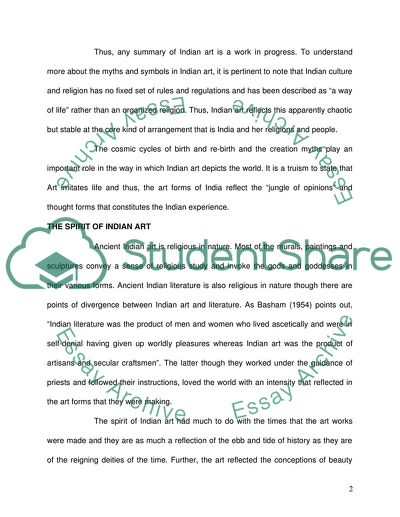Cite this document
(The Theory of Art in Asia Term Paper Example | Topics and Well Written Essays - 1500 words, n.d.)
The Theory of Art in Asia Term Paper Example | Topics and Well Written Essays - 1500 words. Retrieved from https://studentshare.org/culture/1721017-the-theory-of-art-in-asia
The Theory of Art in Asia Term Paper Example | Topics and Well Written Essays - 1500 words. Retrieved from https://studentshare.org/culture/1721017-the-theory-of-art-in-asia
(The Theory of Art in Asia Term Paper Example | Topics and Well Written Essays - 1500 Words)
The Theory of Art in Asia Term Paper Example | Topics and Well Written Essays - 1500 Words. https://studentshare.org/culture/1721017-the-theory-of-art-in-asia.
The Theory of Art in Asia Term Paper Example | Topics and Well Written Essays - 1500 Words. https://studentshare.org/culture/1721017-the-theory-of-art-in-asia.
“The Theory of Art in Asia Term Paper Example | Topics and Well Written Essays - 1500 Words”, n.d. https://studentshare.org/culture/1721017-the-theory-of-art-in-asia.


